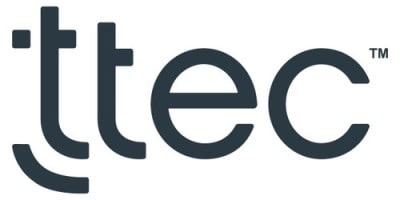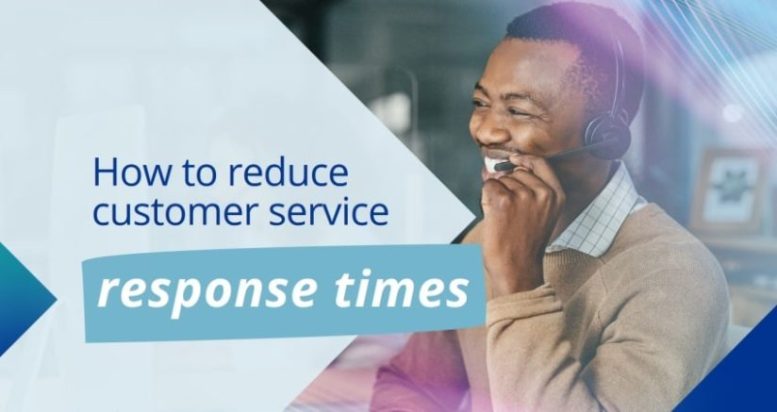Open Talent and The Changing Delivery Model For CX – There are endless articles that explore the difference between customer service and customer experience (CX), but there isn’t so much of a focus on the changing talent pool.
With the customer journey changing so dramatically in the past few years, it’s no surprise that the roles have evolved. Designing a customer service strategy now requires access to far more than just agents in a contact centre.
Consider these three aspects of the broader customer journey and contrast the recent past to the present-day expectation on CX:
» Time: customer service was available at certain times, usually Monday to Friday office hours because that’s when people were available to take the calls.
» Channel: the contact channels were defined by the brand and usually just a phone number and maybe an email address.
» Contact Point: the time when a customer contacted a customer service line would usually be after a purchase, because of a question or problem with the product.
Before all these factors changed it is true that the focus of a customer service solution was primarily the contact centre, so the majority of talent requirements would be the agents answering calls. But let’s consider how this has changed in a more recent customer journey.
Customer service is now expected at any time. Customers are busy and might want to contact a company at the weekend or late in the evening after they have finished dinner and put the kids to bed. Customers now expect availability at any time.
Customers now also have much more control over the channels that are used. It’s common to use live chat, text messages, or social media instead of the traditional call. Calls remain important for most customers, but there is a need to serve customers across a range of channels now.
Contact point has also shifted. Customers feel much more comfortable entering a dialogue with brands at any point in the customer journey. They are reading about new products on social media, blog posts, and online reviews and they are also creating all this information too. Customers may ask for information long before a purchase and many years after – customer communication is now more like an ongoing conversation, rather than a specific transactional interaction.
With this in mind, it is important to think about the type of people that can support customers in this way and the way in which they need to work. If the modern customer now expects more flexibility in their relationship with a brand then it’s only natural that the customer service team should be more flexible.
What does this mean? It certainly means that work-from-home (WFH) must be embraced. If your customer service team is at least partially working from home, then you can more easily scale your service without worrying about space in the office. WFH agents can also take on more flexible shift patterns, rather than the traditional commute followed by an 8-hour day.
A Gig CX delivery model can also allow different types of interaction that don’t fit into the traditional customer service contact centre model – community building or peer to peer engagement. Look at how Nissan is approaching potential customers who are not sure whether to buy an electric vehicle (EV). They introduce the potential customer to an existing Nissan EV owner and allow them to answer questions directly. These customers are paid a fixed fee for being prepared to answer the questions and they are clearly an integral part of the Nissan customer service strategy, but they are not agents in a contact centre.
The Nissan example demonstrates this idea that customers will build a relationship with brands they love. Conversation will be ongoing from that first request for information to advocacy long after a purchase. Nike fans sharing photos from a run are sharing the Nike logo to their friends and family – this is engagement, but it’s not a call to a contact centre.
Look at the online pet store Chewy for another example. Customers register their pets with Chewy and the site then sends out information on training, nutrition, and potential medical problems based on the age and breed of your animal. Customers can connect live to a vet to get medical advice. This is about building a long relationship over many years, not just selling some pet food online.
In terms of the talent needed to build these customer solutions, it is clear that although the contact centre remains at the core of a customer service strategy, it is now surrounded by other disciplines and a need for expertise in all these areas. Data science, coding and automation, and cloud computing are now all essential ingredients in modern CX. Add some Gig CX and WFH and it’s clear that a modern CX solution requires a greater variety of skills and flexibility than ever before.

TTEC Holdings, Inc. (NASDAQ: TTEC) is one of the largest global CX (customer experience) technology and services innovators for end-to-end, digital CX solutions.
The Company delivers leading CX technology and operational CX orchestration at scale through its proprietary cloud-based CXaaS (Customer Experience as a Service) platform.
Founded in 1982, the Company’s singular obsession with CX excellence has earned it leading client NPS scores across the globe.

For additional information on TTEC view their Company Profile
Image Courtesy of TTEC/Marvin Meyer





